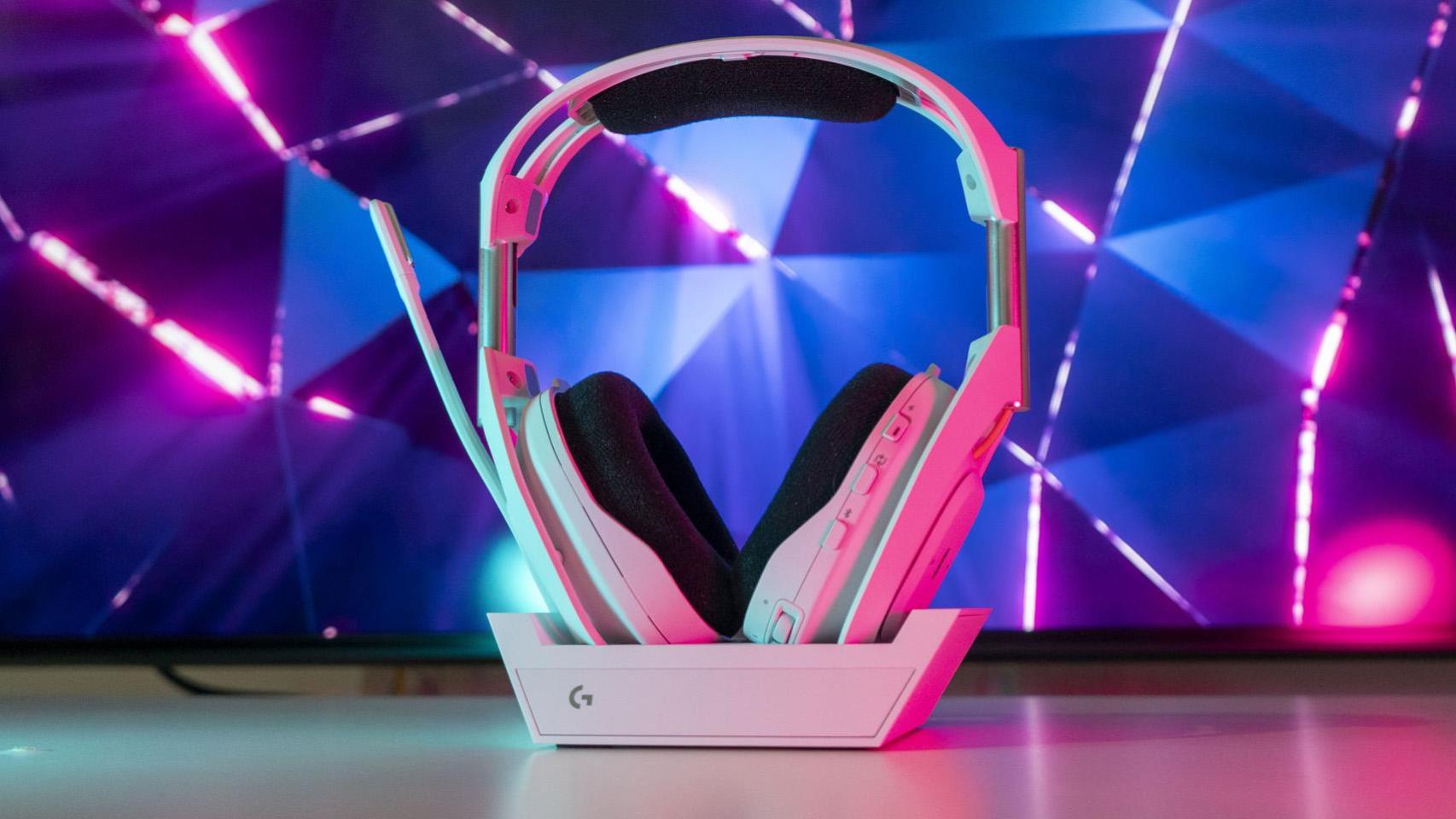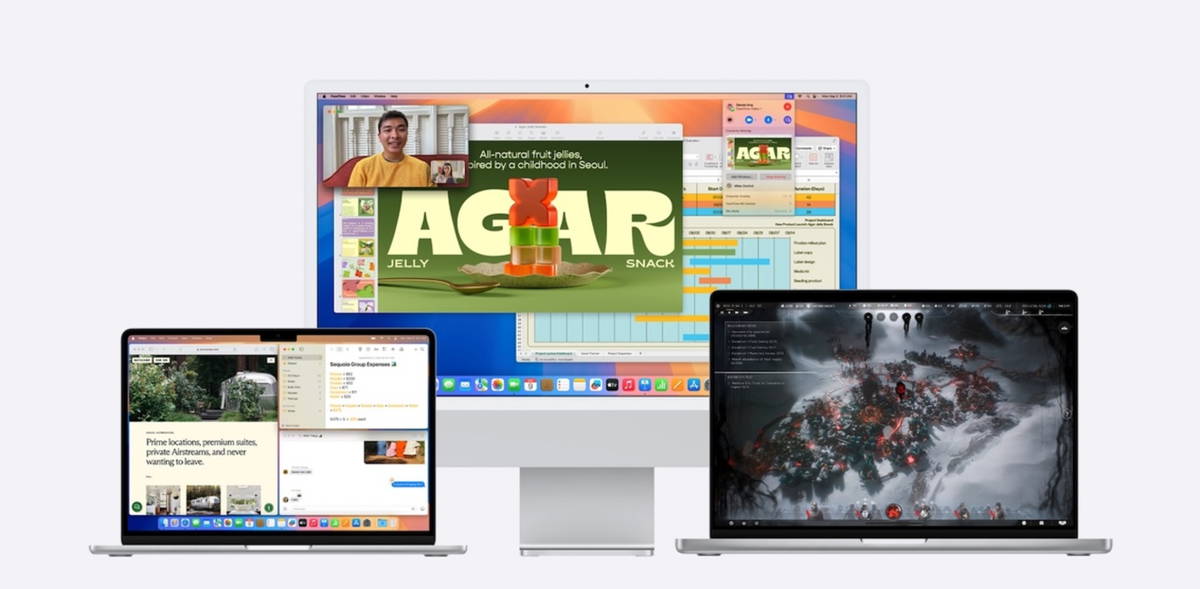Quick settings are a great way to turn things on and off on an Android phone. With the system come the basics like Wi-Fi, data, rotation, airplane mode or Wi-Fi, but if they don’t respond, you can still make your own. Quick Settings is a simple application with 53 quick settings that you can add to your mobile.
From Android Marshmallow it is possible to customize quick settings and from Android Nougat third party apps can add their own settings. This is exactly what Quick Settings does, with all kinds of curious ideas like a dice thrower, counter, multimedia control, reminders and more.
Faster settings for Android
Android’s quick settings are not set in stone: the different layers of Android and the different versions of Android include different buttons. For example, years ago it was normal to have one to turn sync on or off, something that is no longer available in newer mobiles. The good news is that if you’re missing a quick setting, there’s a good chance you can bring it back with the right app.
There are several apps with which you can create custom quick settings, but you might be more interested in a solution out of the box, with no effort on your part. Quick settings give you that 53 ready-to-use quick settings. Some are settings that already exist on Android and may be missing from your mobile. Others are quite original.

After installing the application, not all settings are active, which is nice because otherwise it would be a mess. Instead, you need to navigate to the setting you want to use, tap it, and then tap Activate the thumbnail. This will make it available when you change the list of available settings, but you’ll have to keep dragging it manually to its location.
The app categorizes quick settings into seven categories, one of which brings together those who need the mobile to be rooted. You can also view the full list at List all
-
Utilities. Small tools that work like quick adjustments. The available settings are Battery, Night Screen Filter, Caffeine, Dice, Internet Speed, Smart Reminder, Screen Capture, Split Screen, and Counter.
-
Shortcuts. You can use it to open apps from Android quick settings. Five of these settings are customizable, in addition to the shortcut to set an alarm, calculator, camera, specific contact, lock screen, and notification history.
-
Multimedia. It includes the shortcuts to broadcast the screen, listen to music through the internal speaker (such as during calls), change the music volume, play and pause, change the ring style and open the panel. volume.
-
System (without root). System settings that don’t need root. These include brightness, auto brightness, hotspot, selected input method, mobile data type, NFC, rotate, screen timeout, sync, vibrate on calls and the VPN.
-
System (root only). These settings require your mobile to be rooted. These are: mono audio, mobile data, set density, LED notification, restart and display keys.
-
Developer options. Three one-touch development options: ADB, ADB over LAN, and animations.
In our testing, the settings all worked well, although its author states that he has issues with Chinese ROMs that don’t include the correct API and needs. at least MIUI 10 to work on Xiaomi mobiles.

Each time you tap the dice icon, its value changes randomly
Some of the parameters display information directly, as is the case with the die setting: each time you press it, its value changes. Others are shortcuts to open a specific app or function, like the calculator or the camera. Finally, others rely on notifications to display information, such as internet speed.
As a tool, Quick Settings is very useful for recover quick settings that might be missing on your mobile and add an additional function to this always accessible panel. The app contains ads, although you won’t see them during daily use of the settings you create.








